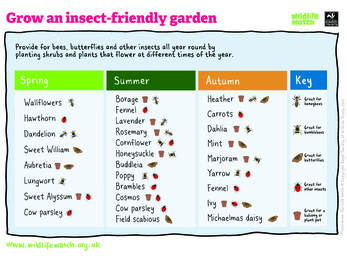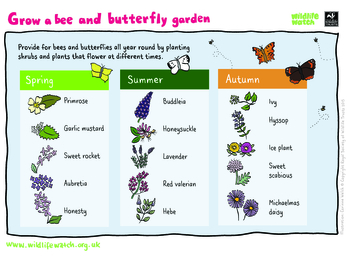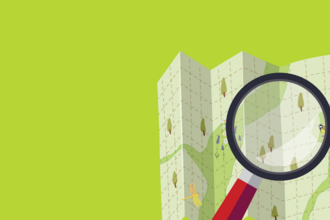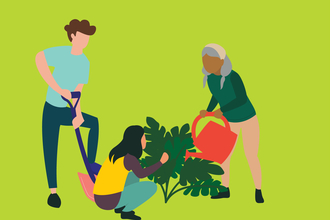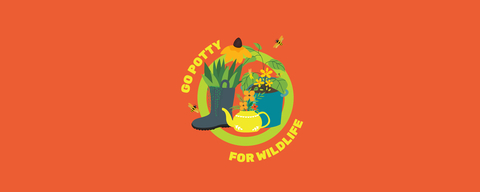
Help the wildlife on your doorstep, whatever space you have and Go Potty for wildlife!
Pots and containers are a great way to provide food and shelter to insects and pollinators in areas where there might not be any other spaces for wildlife such a driveway or outside the front door. They are also perfect for small gardens, patios or spaces like window ledges and balconies.
You don’t just have to plant for wildlife, why not try growing some grub for yourself too? Herbs, in particular, make good container plants and attract lots of wildlife, as well as being useful in the kitchen.
What do I need?
An upcycled pot, the more creative the better. Why not use an old pair of welly boots, a cracked teapot or even find an old tyre and use it as a container? Just one pot or several - it is up to you! Just make sure to use peat free compost.
You can use seeds or bulbs, take a clipping from a neighbour, or buy plants and flowers, just don’t forget to make sure they are pesticide free to encourage bees and insects.
When is the best time to do it?
In Spring try planting summer flowering bulbs such as dahlias and lillies. You mightnot see the results straight away, but September is a great time to plant some seedsready to see your hard work pay off with some beautiful blooms in Spring.
Try and chose a selection of plants that grow at different times of year, such aswinter heathers, which are a lifeline for bumblebees and solitary bees, which do notstore food and emerge in mild spells in winter and early spring.
Get going and follow these simple steps:
Step 1: Pick your pot. The more creative the better.
Step 2: Fill your pot with peat free compost.
Step 3: Chose your seeds, bulbs or plants.
Step 4: Water them and watch them grow.
Step 5: Tell your neighbours all about it!
Download our free sign to inspire others to follow your lead and help to feed our bees or yourself!
Top tip: Don’t forget to buy pesticide free plants and flowers to encourage bees and insects or even better grow your own.
What to plant when?
You might not see the results straight away, but September is a great time to plant some seeds ready to see your hard work pay off with some beautiful blooms in Spring.
Now’s the time to plant bare-root, wildlife-friendly trees like hawthorn, alder buckthorn and pussy willow. Grow as hedging or plant as individual specimens to attract moths and other herbivores, which in turn will attract more birds, bats, hedgehogs and amphibians.
Nectar-rich bulbs such as crocus, snake’s head fritillary, alliums and grape hyacinths can be planted now to feed next year’s hungry emerging bees. Find out how to make your garden bee-friendly in winter.
Tell your neighbours all about it!
Joining in these local actions shows the community around you that you care about wildlife, the pots outside your front door show neighbours that you support a #wilderderbyshire and could spark a conversation that gets your friends and family involved too.
Download our free sign to inspire others to follow your lead and help to feed our bees or yourself!





